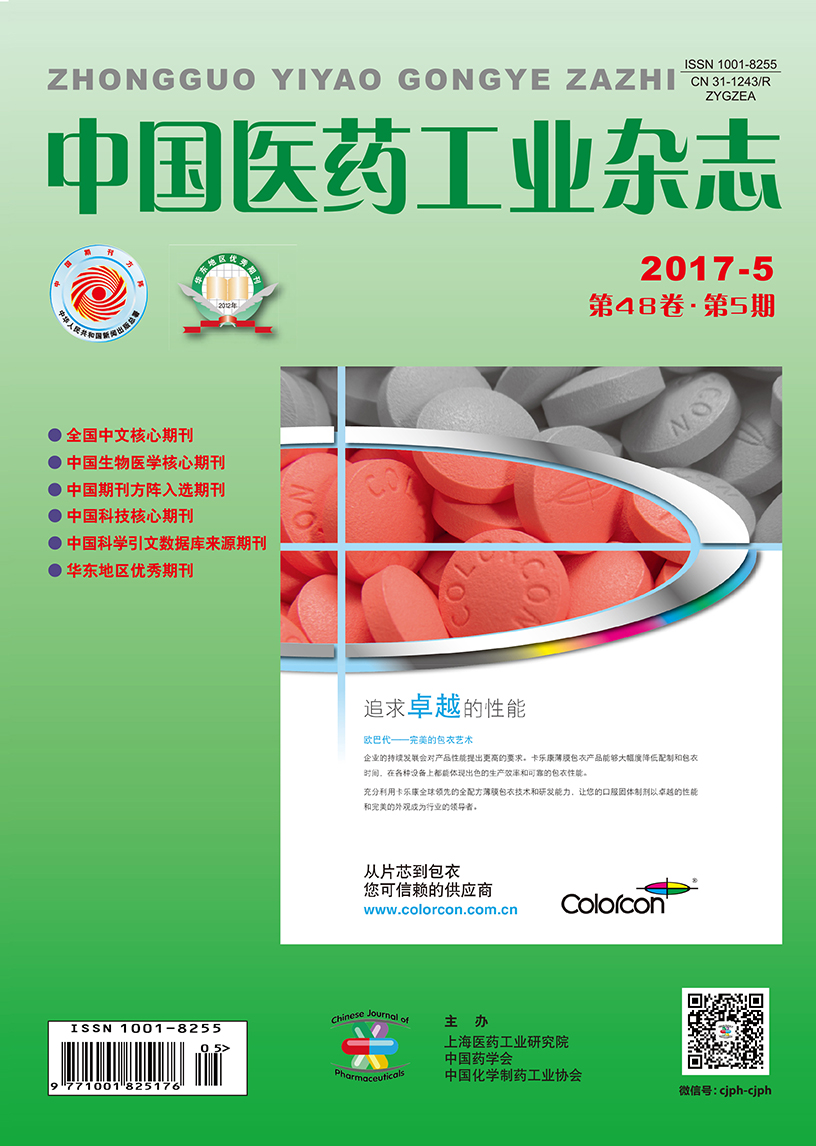WANG Hongfeng, YIN Chou, ZHANG Min, MENG Xiaoxia, GAO Xiuli*
The HPLC fingerprint of Yinqiaosan ultrafine powder was established. Meanwhile, the contents of five kinds of index components, chlorogenic acid, forsythoside A, glycyrrhizin, forsythin and arctiin, were determined as well. A Diamonsil C18 column was used, with the mobile phase of acetonitrile∶0.2% phosphoric acid for gradient elution, at the detection wavelength of 230 nm. Ten batches of samples were analyzed by Chinese medicine fingerprint similarity
evaluation system (2.0 edition), and a total of 33 chromatographic peaks were identified. Their similarities were all above 0.971. The calibration curves of these five index components were all with good linearity in their corresponding ranges. The average recoveries were 98.25%, 99.48%, 101.32%, 99.79% and 99.15%, with RSDs of 1.15%, 0.87%,1.42%, 1.98% and 0.94%, respectively. The results showed that the method is fast, simple, high precision and good reproducibility, which can provide a reliable basis for the quality control and application of Yinqiaosan ultrafine powder.
